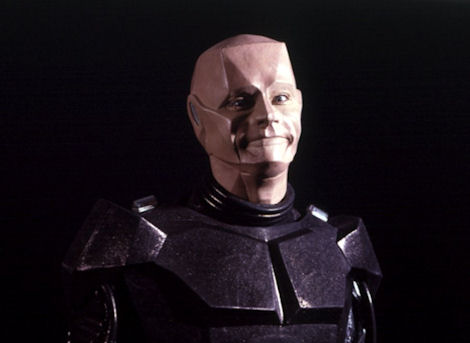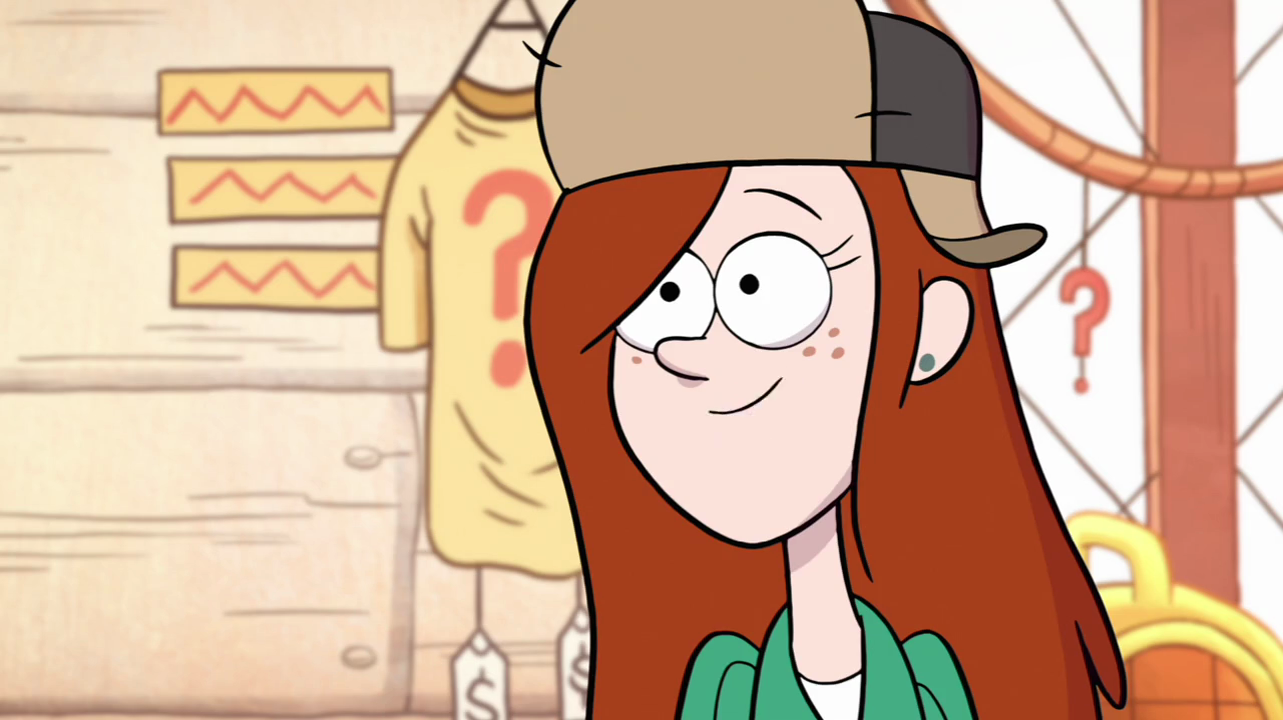Small warning: this might be a bit long.
Part I: A Change Will Do You Good
TV shows often go through creative changes from season to season. From the differing ideals between
Simpsons show runners (compare the Oakley/Weinstein Era to the Scully Era), to the difference between
Enterprise Seasons 2 and 3, shows often get retooled slightly to fix problems and attract viewers.
What happened between
Red Dwarf II and III was less of a retool and more of a total smegging rebuild. Grant Naylor basically took the characters, the title, the setting, and the basic plot, and that is it. In all essence, Series III is a FAR different animal compared to series II, and would be the series all future ones are based off of (except for the
Back to Earth mini-series).
Physical Changes
For the least radical change, we have to analyse the costumes and sets. The colour of the sets of the first two series were primarily grey, and the end result was dull. From this series on, the colour of the sets gets varied. Mel Bibby (
Alien) was the driving force behind the set upgrades. Thanks to Howard Burden, the costumes were also changed:
Rimmer's costume gained more colour and class;
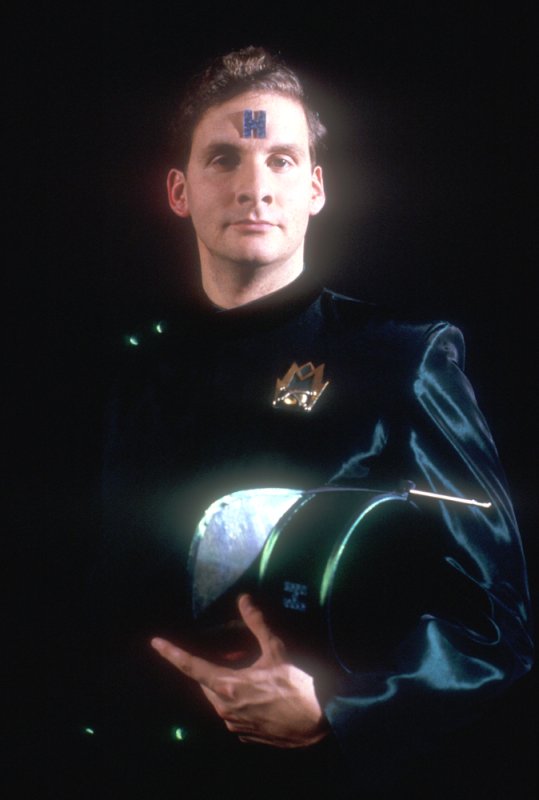 |
| Well, as classy as a smeghead of his calibre can be. |
Lister now sports a laddish leather jacket;
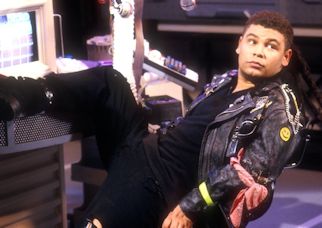 |
| This jacket was supposed to contain Wilma Flinstone stitched on the back, but it would have been a legal nightmare. "Backwards" would feature Lister and the Cat discussing if Wilma is attractive. |
the Cat gets a much more wild fashion sense;
 |
| This is just ONE of the Cat's Costumes. He wore 15 over the course of the series. |
And Kryten (explained below on why he is listed here) went from a butler's costume to a more android-esque look.
Getting a bit more wild, the setting of the episodes got even more varied. "Backwards" takes place almost exclusively on an Earth (albeit one in reverse), "Bodyswap" and "Polymorph" contained scenes that took place in the science wing, "Polymorph" contains an exploration of the cargo bay, ect.
In terms of physical changes, however, the cast was arguably the biggest change of them all. Kryten had proven to be such a popular character that he was brought back as a regular character. However, Dave Ross was not available, so they instead brought in Robert Llewellyn. Llewellyn made the character his own, improvising a Canadian accent to differentiate his portrayal from Ross's Kryten.
Likewise, Norman Lovett (Holly) had purchased a new home in Edinburgh. Travelling between his home in Edinburgh, London (BBC Offices), and Manchester (primary filming location), proved to be a bit too much for him, and he walked out. The character was recast by Hattie Hayridge, who played Hilly in "Parallel Universe."
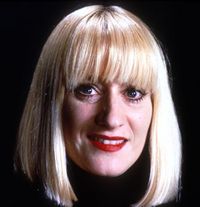 |
| Hattie Hayridge as Holly |
Writing
The writing of this show also got knocked up a notch.
The first two series were very leisurely in terms of pace, with a more sitcom-esque feel. Series III picked up the pace quite a bit. The writing was MUCH tighter, with very little filler material in between. Also, the show's style shifted from a sitcom
IN SPACE, to a science-fiction show that also happened to be a comedy.
The series also introduced alien-esque life forms called "Genetically Engineered Life Forms", or GELFs. Unlike aliens (which Grant Naylor considered cliche), these creatures were man made. Oh, humanity, you!
The main trio seemed to change slightly from Series II. Lister is virtually the same, although "Marooned" indicates that he might not be the nice guy we all thought he was. Likewise, Rimmer became slightly less of a Jerkass with this series, and even gains moments of altruism. However, when Rimmer acts like a jerk, he is a HUGE one. "Bodyswap", in my opinion, contains among the lowest Rimmer moments (I might assemble a list in the future consisting of the lowest Rimmer moments available). The Cat becomes more of a comic relief as time goes on, but in this series, he gets some slight character development in terms of piloting stuff.
Kryten's character is virtually reset from the end of his series II appearance. He is back to his old "meek robot" persona. However, he is treated much more like an equal by Rimmer, and slowly gets to develop into a mother type character by the end of the series. Kryten also began taking over as the provider of exposition.
On the opposite end, Holly seemed to have a reduced role. With Kryten taking over as the exposition provider, Holly's character was reduced to more of a comic relief... which was already provided by the Cat. This was not a good situation for the character that, just two episodes prior, was kicking bottom.
Part II: Episode Previews:
Backwards: During Kryten's test flight in
Starbug, Kryten and Rimmer fly through a time hole, and wind up in an Earth where everything goes backwards. They wind up forming an act, The Sensational Reverse Brothers!
Marooned: Rimmer and Lister are forced to abandon
Red Dwarf, and a series of events leads to the two stranded on an ice planet, relying on each other for survival.
Polymorph: A shape-shifting GELF winds up on
Red Dwarf, sucking out certain negative emotions from the crew members.
Bodyswap:
Lister wants to get in shape, so he swaps minds with Rimmer, who promises to get him in shape. However, Rimmer does not follow up on his end of the deal, and it leads to holding a body hostage.
Timeslides: Picture development fluid (remember that) manages to bring pictures to life, and create a time machine. Lister uses it to try and change it so that he does not wind up on
Red Dwarf, and leads a successful life... much to the chagrin of Rimmer.
The Last Day: Kryten gets a message that states he has 24 hours to deactivation. Lister wants Kryten to party on his last night. This goes against Kryten's beliefs... as he believes in Silicon Heaven.























